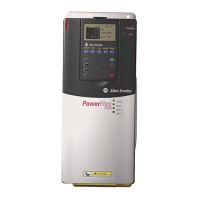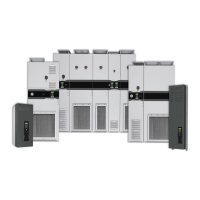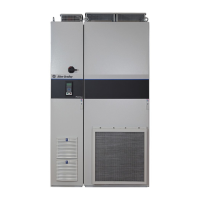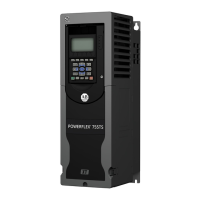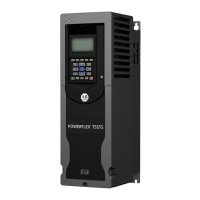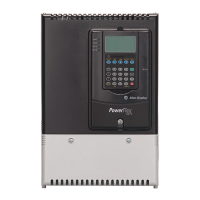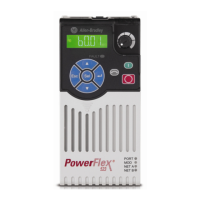Rockwell Automation Publication 750-RM100A-EN-P - August 2019 7
Chapter 1
Adaptive Control
A brief overview of Load Observer, Adaptive Tuning, and Autotune is provided
in this section. For detailed information about how to use each of these features,
see the PowerFlex® 755T Flux Vector Tuning Application Technique, publication
750-AT006
.
Load Observer
The load observer feature is a control loop inside the drive that estimates the
mechanical load on the motor and compensates for it while the drive is running.
This feature allows high performance and control loop tuning simplicity similar
to that of a mechanically disconnected motor. Its primary function is to:
• Automatically compensate for unknown inertia, compliance, and low
frequency resonance
• Automatically compensate for disturbances and changes in inertia
• Force consistent dynamic behavior, which makes the drive easier to tune
Benefits
You can use load observer with out-of-box control loop gains, where the load is
unknown or compliant and thus 10/11:901 [Load Ratio] = 0. You can also use
load observer with autotuned control loop gains where 10/11:901 [Load
Ratio] > 0. This value can be a known positive value or one that is calculated by
performing an autotune procedure.
When load observer is enabled with the recommended out-of-box control loop
gains:
• A tuning expert is not needed
• Commissioning time is reduced, especially for high drive count
• Relatively high performance control is provided without tuning
• Changes in inertia, compliance, and low frequency resonances are
compensated for automatically
• Periodic retuning to account for machine wear over time is not needed
When load observer is enabled with autotuned control loop gains:
• Load disturbances are compensated for automatically
• Tracking errors, machine vibration, and power consumption are
minimized
• Bandwidth and line speeds can be increased
• Tighter control of moving parts reduces wear and saves material costs

